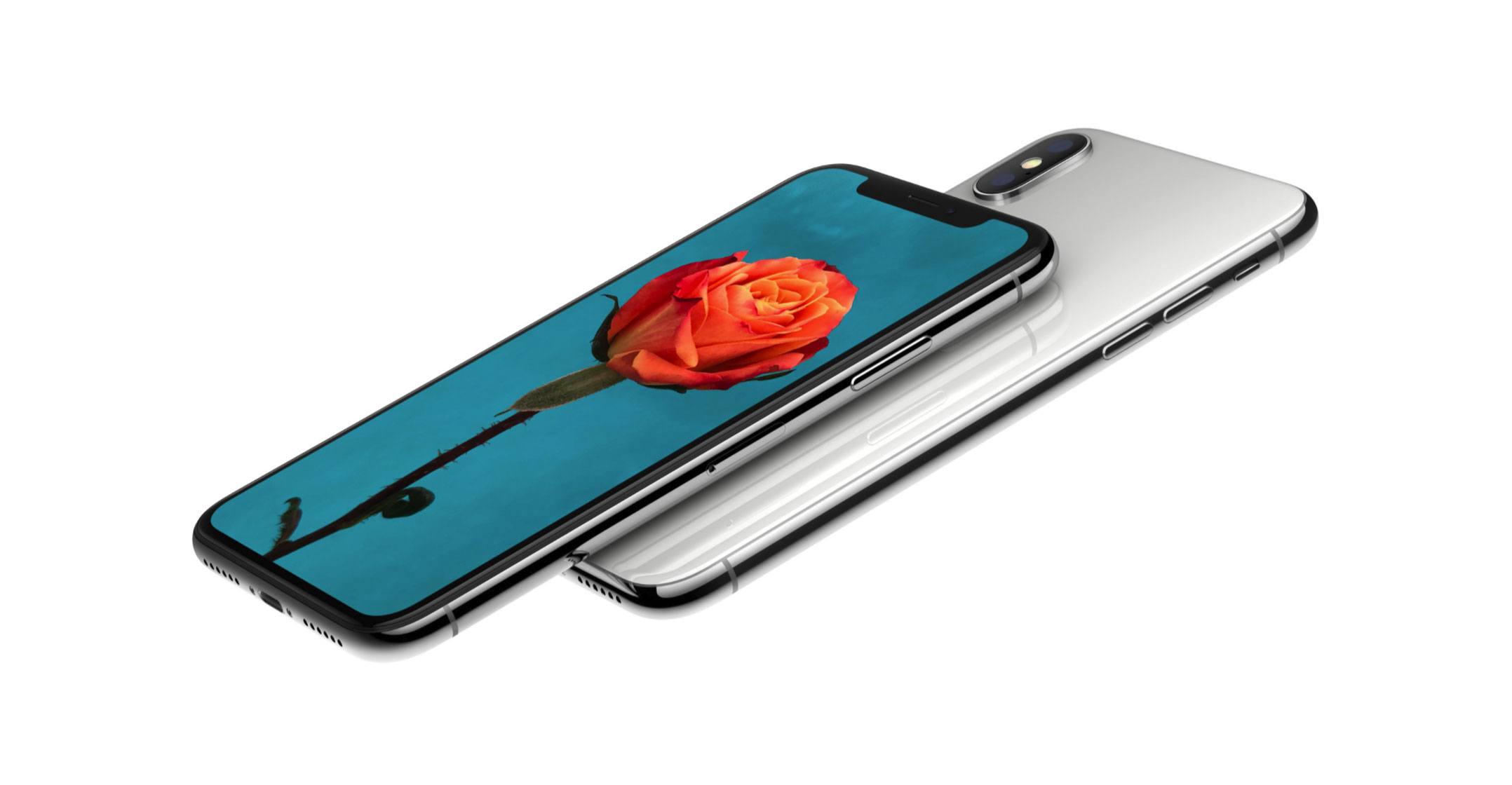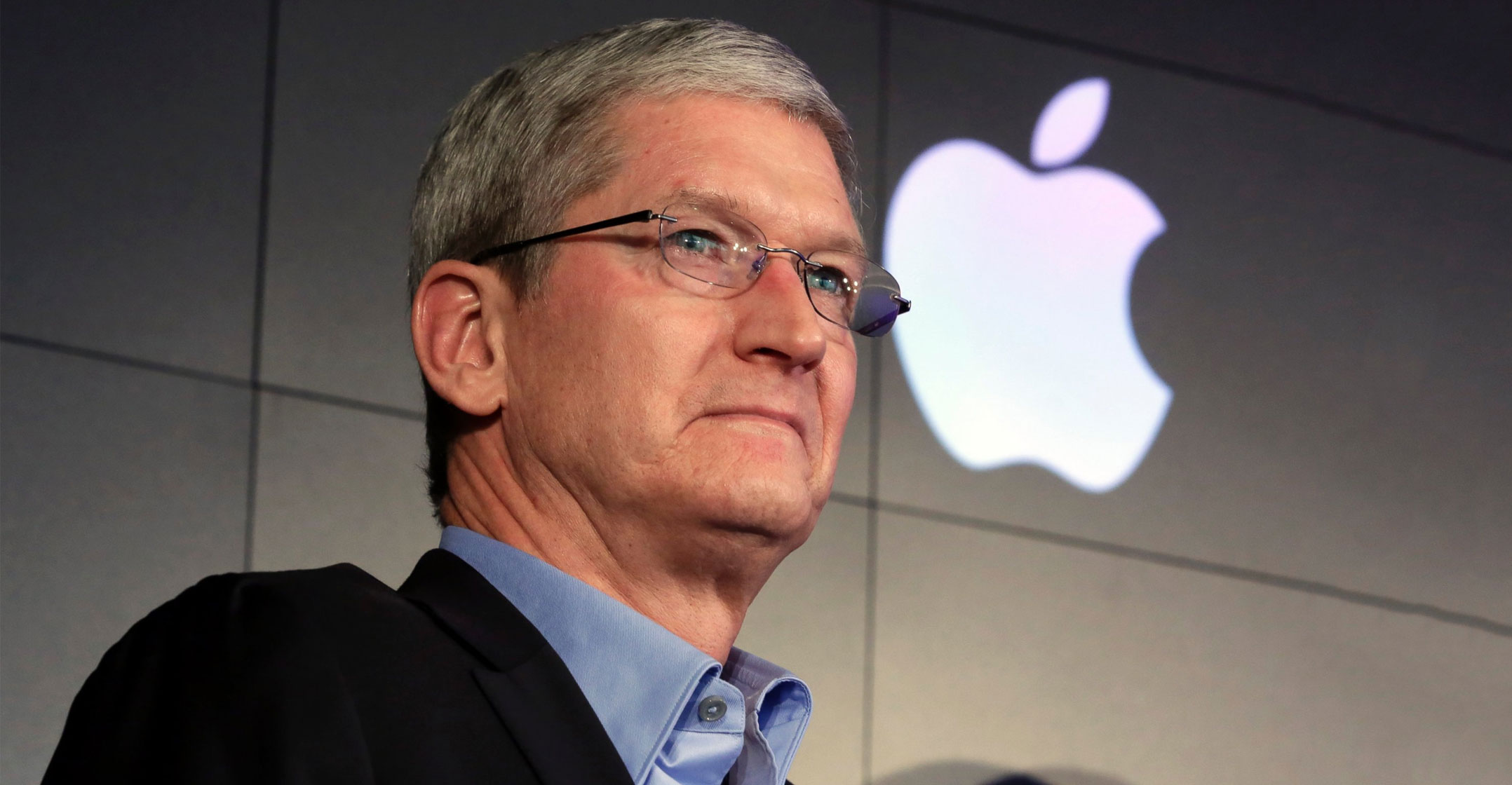
Apple is fixing supply problems with the iPhone X, its most important device in years, setting the company up for a better-than-expected holiday period.
Supported by resurgent iPad and Mac sales, the 10-year anniversary iPhone will help push revenue to a record high of US$84bn to $87bn in the quarter ending in late December, Apple said in a statement. Analysts had predicted $84bn, according to data compiled by Bloomberg.
The shares rose 3.1% in extended trading on Thursday. If the stock nears that level on Friday, Apple will be within reach of a $900bn market capitalisation, solidifying its status as the world’s most valuable public company.
The iPhone X has two headline innovations: an edge-to-edge display and a facial recognition system that uses 3D sensors. Both components have endured production problems, and soon after people started pre-ordering the handset on 27 October, shipping times lengthened to as many as six weeks.
CEO Tim Cook said Apple is addressing the delays. Production is “going well, we’re doing more each week and I’m pleased with how things are going”, he said in an interview. “The initial demand for iPhone X has been very, very strong.”
Six-week waiting times for online iPhone X orders will be reduced in the next two days as Apple adds more production capacity, he added. Indeed, wait times were already falling on Thursday in several major markets, including China. Long lines had formed outside Apple retail stores ahead of the Friday launch.
iPhones usually account for about two-thirds of Apple revenue and the devices are a hub for a growing suite of other products and services from the company. If the iPhone X is a big hit, that could fuel growth of offerings like Apple Music and iCloud storage in coming years. Apple shares have hit records this week, with investors predicting demand for the handset will continue in future quarters.
Happy investors
Cook provided few specifics on how well the iPhone X is doing compared to other versions of the phone, but his vaguely positive comments, combined with estimate-beating fiscal fourth quarter results, kept investors happy.
“I’ve got goosebumps — it’s another great quarter, tremendous momentum and we’ve got the iPhone X to look forward to,” Hank Smith, chief investment officer at Haverford Trust, which owns Apple shares, said in a Bloomberg Television interview.
Apple also forecast a gross profit margin of 38% to 38.5% for the holiday quarter. Analysts were looking for 38.5%. Results over this crucial period will also benefit from the HomePod, a smart speaker that will be available in December. It competes with a range of revamped Echo speakers from Amazon.com and Google’s Home devices.

For the company’s fiscal fourth quarter, which ended on 30 September, Apple reported earnings of $2.07/share on revenue of $52.6bn. Analysts projected $1.87/share and sales of $50.7bn. Sales in Greater China rose 12% to $9.8bn. The company had $269bn in cash and long-term marketable securities at the end of September.
Cook highlighted market share gains in China for the iPhone, iPad and Mac products. “We sold more iPhones than we expected,” he said. “We had double-digit iPhone growth in many of the emerging markets.”
Apple said Mac sales jumped 25% in the period, iPad revenue grew 14% and other products, such as the Watch and AirPods, surged 36%. Total sales rose 12%, the biggest increase in two years.
When Apple unveiled the $999 iPhone X in September, it also introduced the iPhone 8, which is $300 cheaper and a more modest upgrade to the prior handset. The iPhone 8 went on sale a week before the end of the September quarter, and contributed to fiscal fourth quarter results. The handset failed to boost the average price consumers paid for iPhones, though, with the $618 average falling short of the $633 estimated by analysts.
It’s the first time that Apple has staggered the release of new handsets that were unveiled at the same time. The delay may have prompted some buyers to wait to check out the iPhone X before deciding on its more affordable sibling. That may have pushed more sales into the holiday quarter.
The results follow strong third quarters from technology companies including Alphabet, Microsoft and Amazon. Shoppers, advertisers and businesses are more active online and a lot of that is happening on Apple iPhones, iPads and Mac computers.
Services
Apple’s reinvigorated effort to expand services, like the App Store and Apple Music, has also locked customers into its products more tightly. That’s creating more stable demand for the iPhone X even amid manufacturing problems. The company said its services business generated record revenue of $8.5bn in the fiscal fourth quarter, up 34% from a year earlier.
“With solid iPhone 8 and 8 Plus sales and strong iPhone X pre-orders, it is likely that iPhone X will expand the range of users interested in smartphones rather than cannibalise sales of less expensive iPhones,” Michael Obuchowski, chief investment officer at Merlin Asset Management, said. “A good measure of user’s engagement was strongly accelerating growth in Apple services.”
One of Apple’s latest customer lock-in tools is an updated mobile operating system supporting augmented reality features and apps that can superimpose images and information onto a user’s view of the real world.
The innovation may prove an important step on the path to Apple’s potential next big product, smart glasses, for which CEO Cook has created a dedicated team. Apple’s research and development spending climbed 17% in the three months through September to $3bn. — Reported by Alex Webb, with assistance from Emily Chang, (c) 2017 Bloomberg LP




